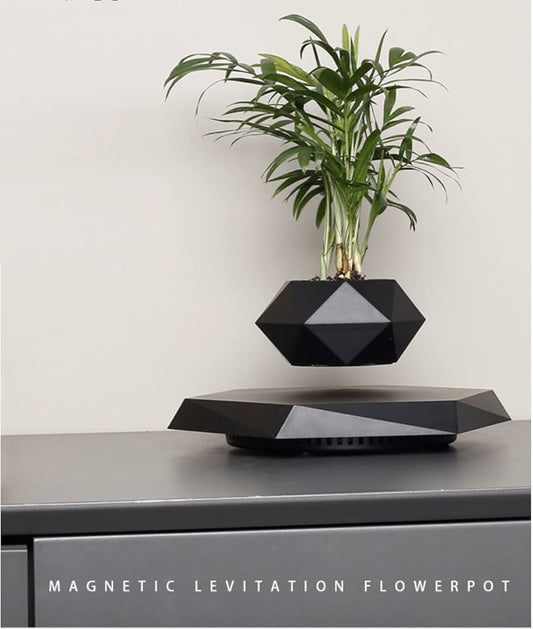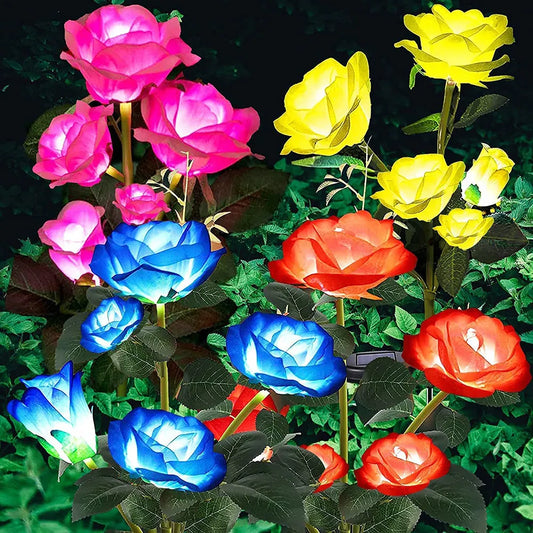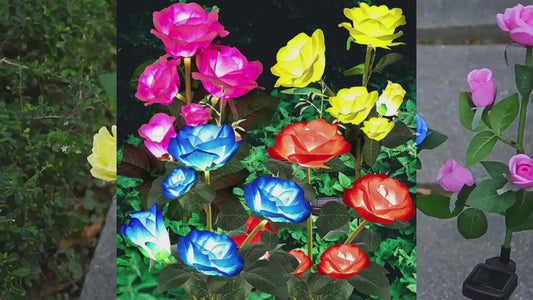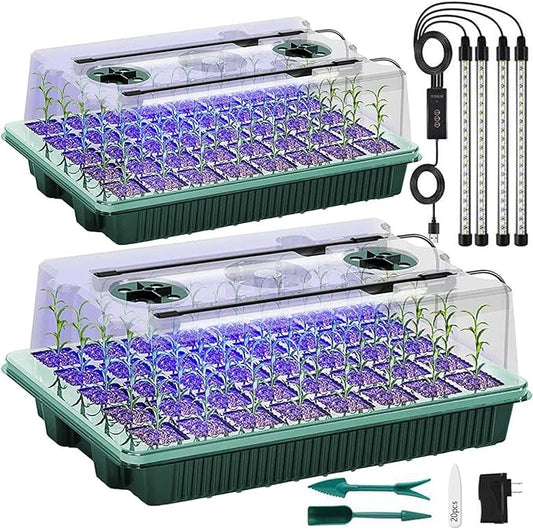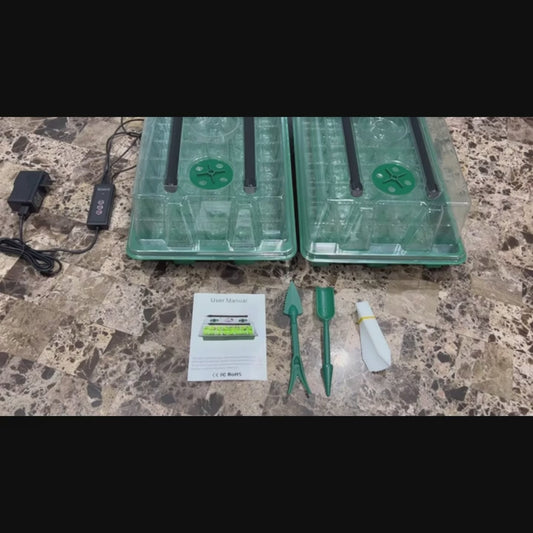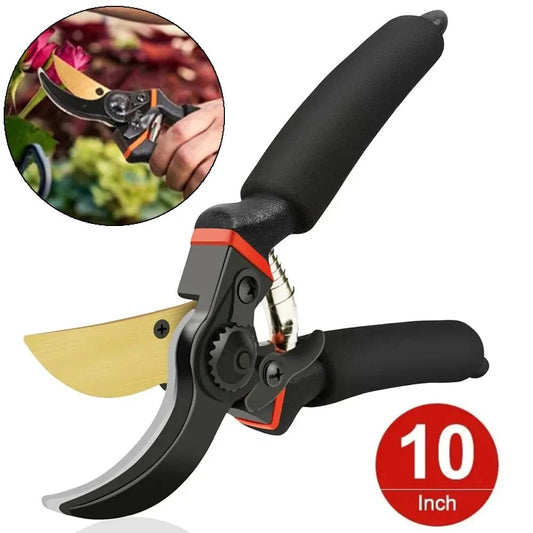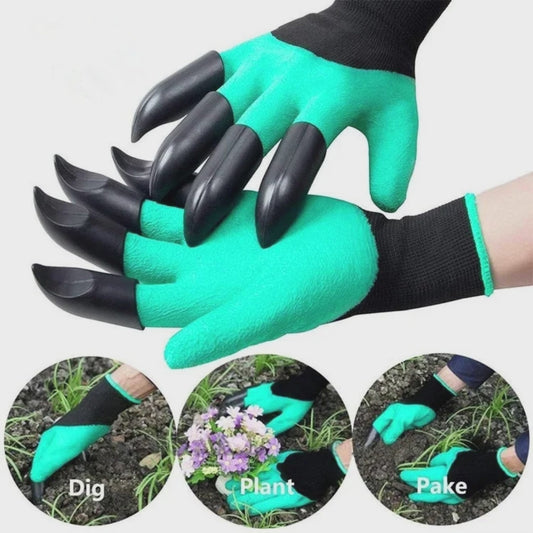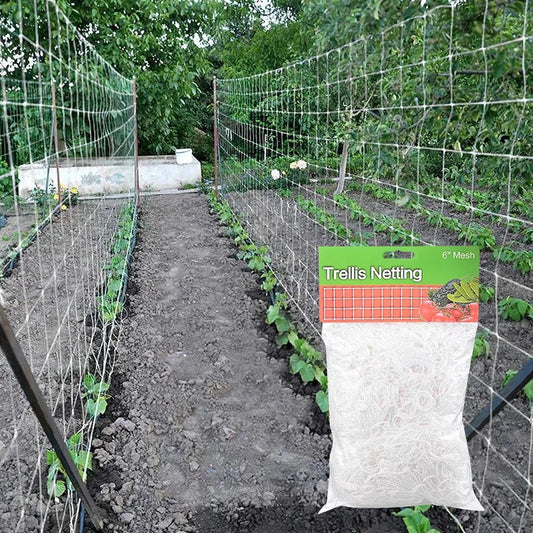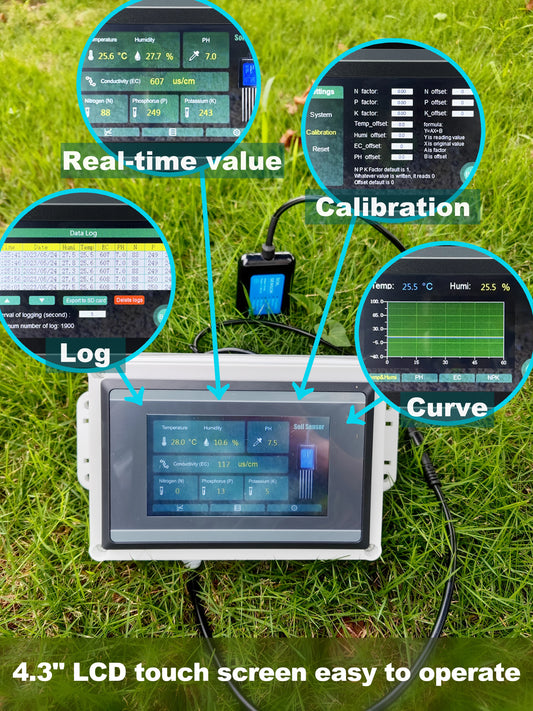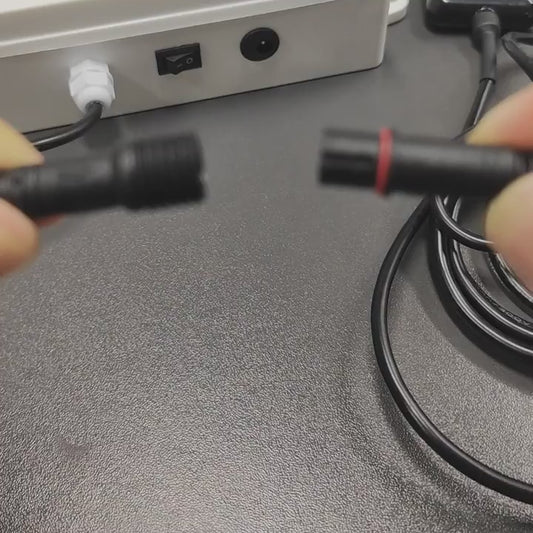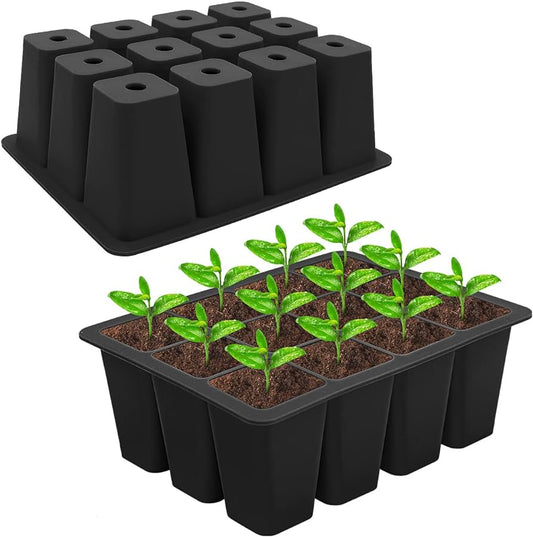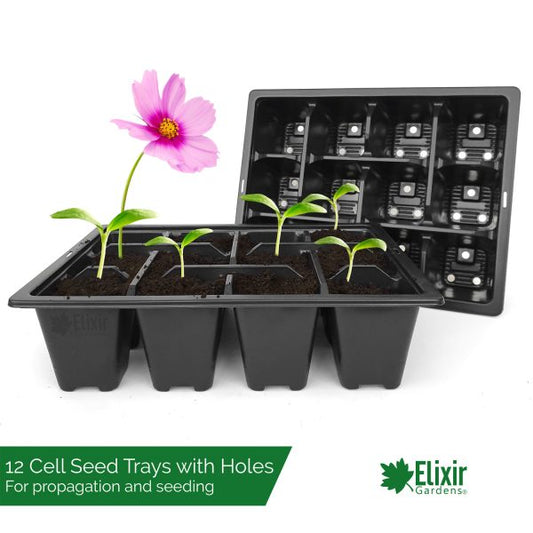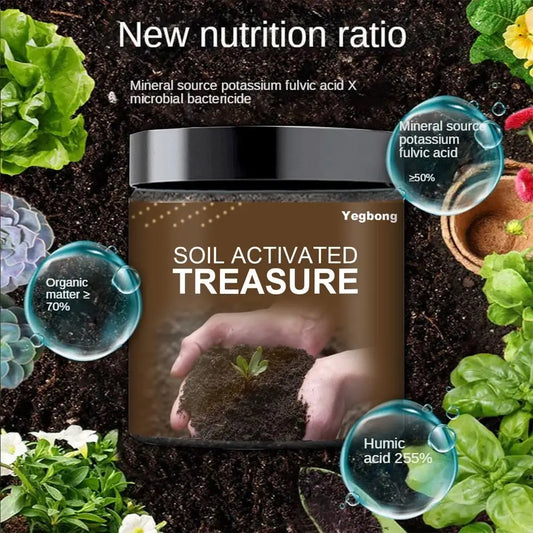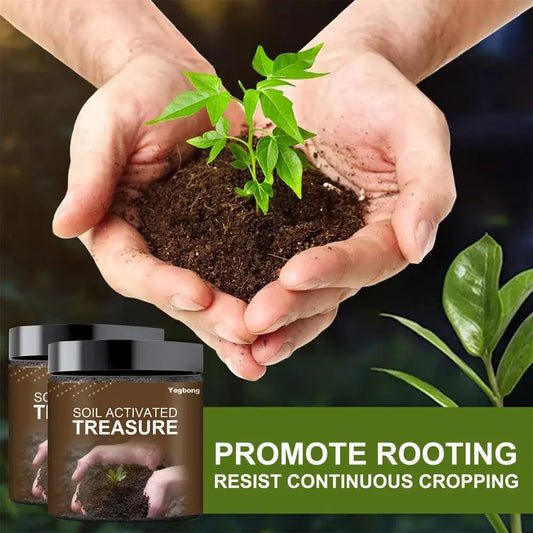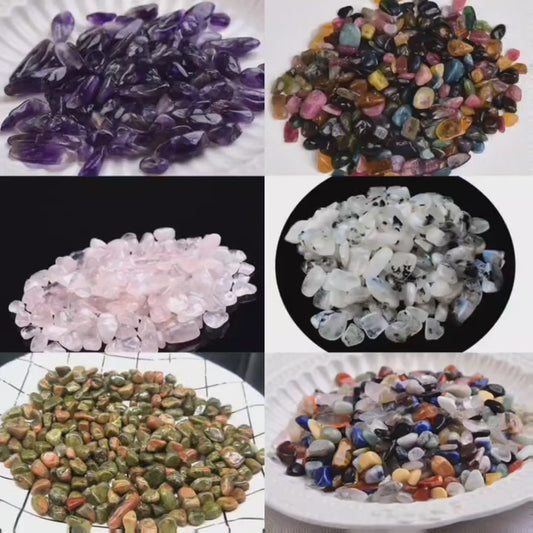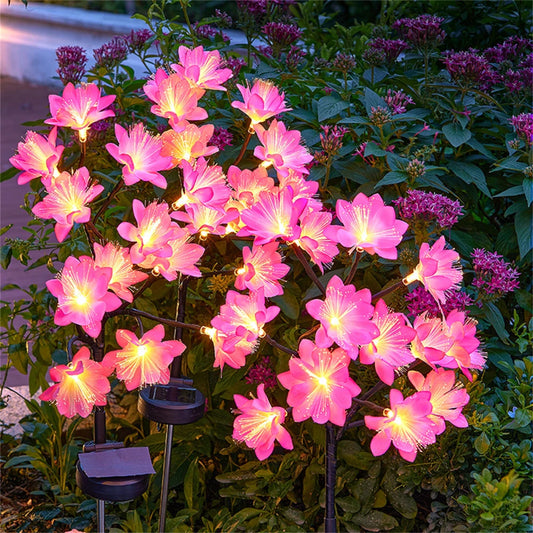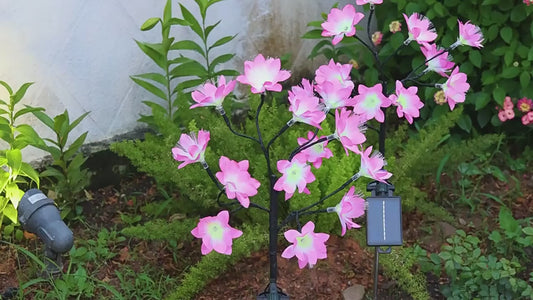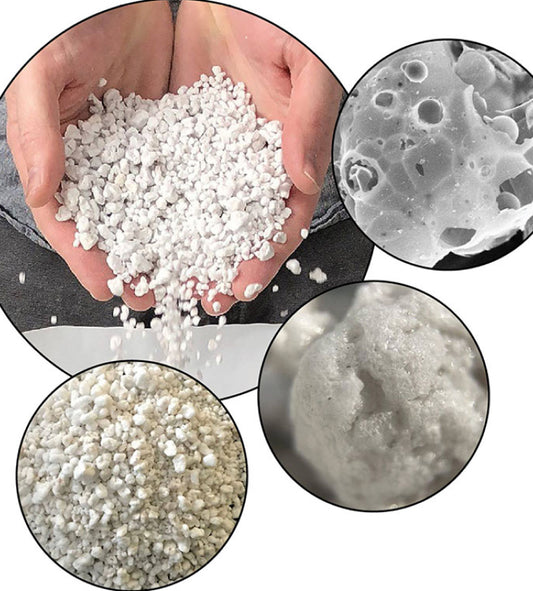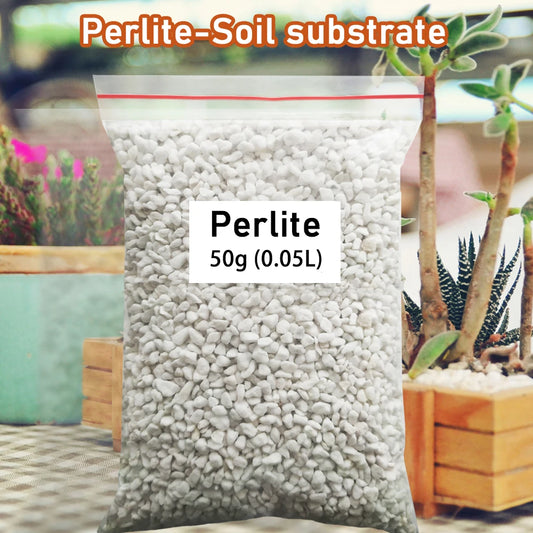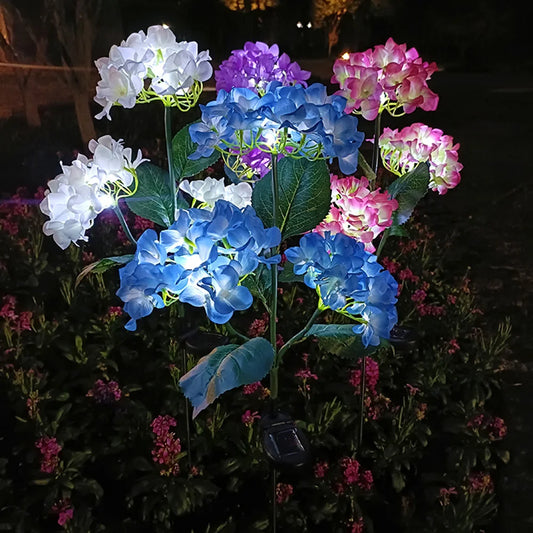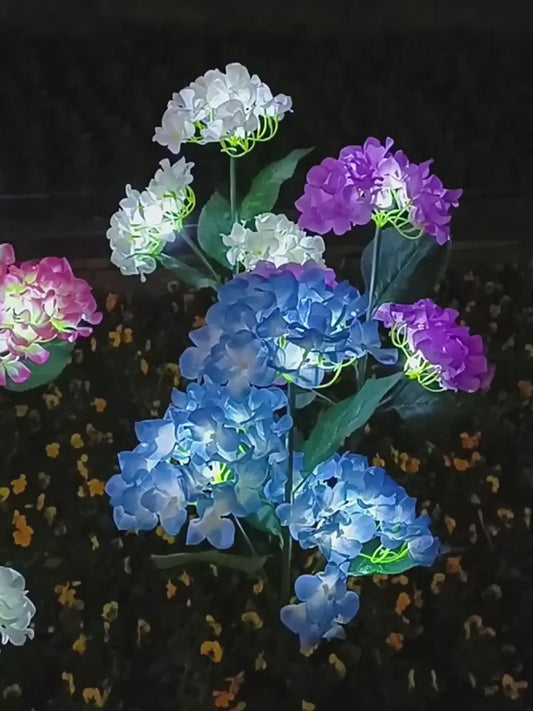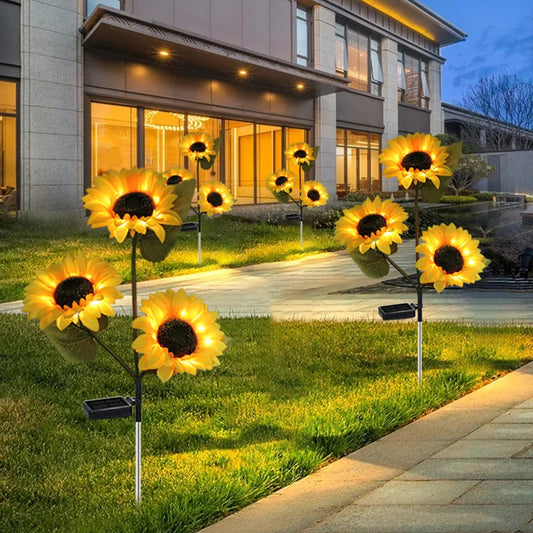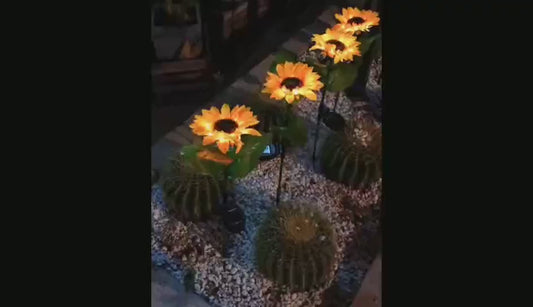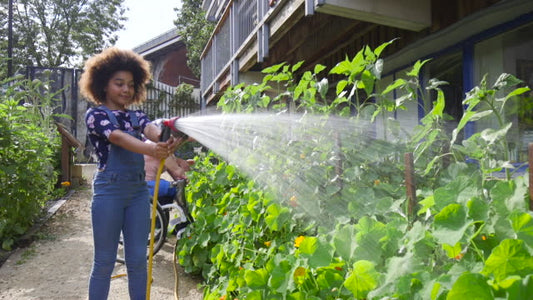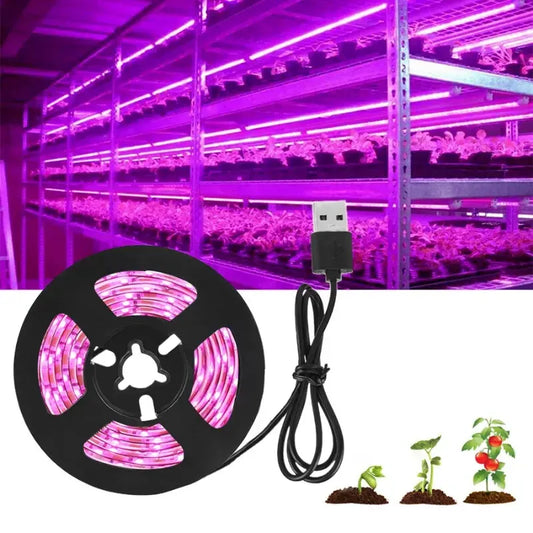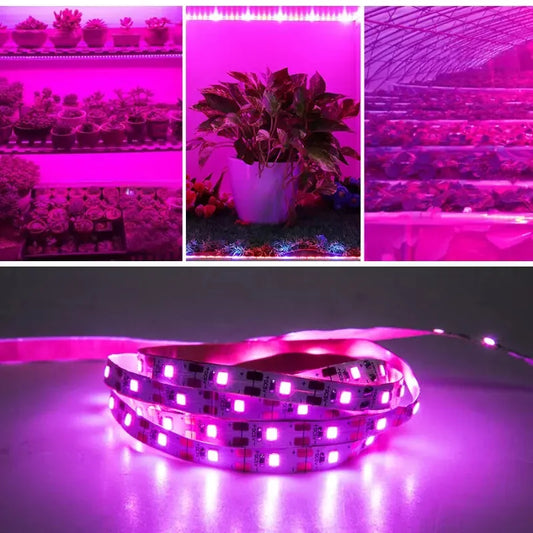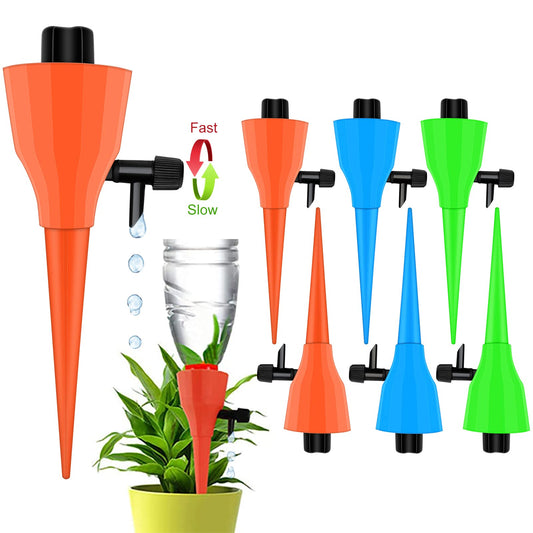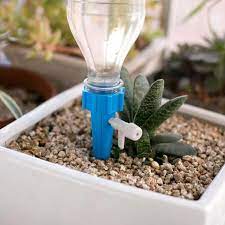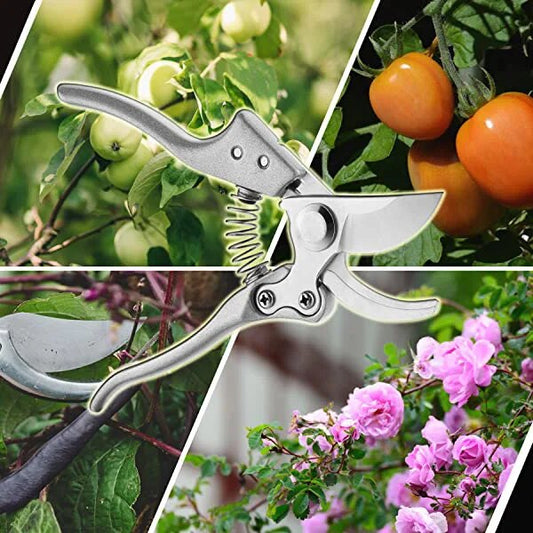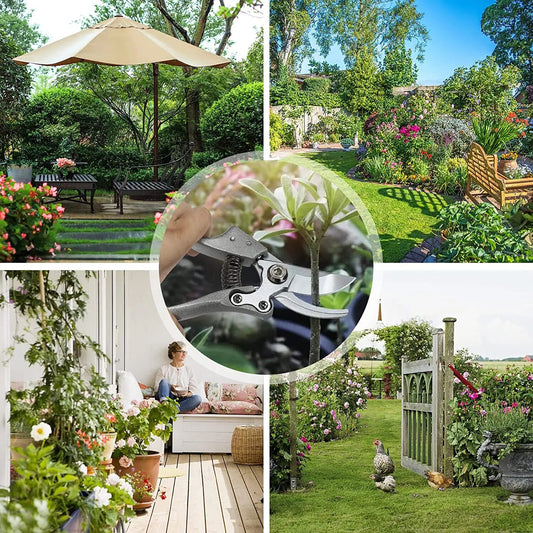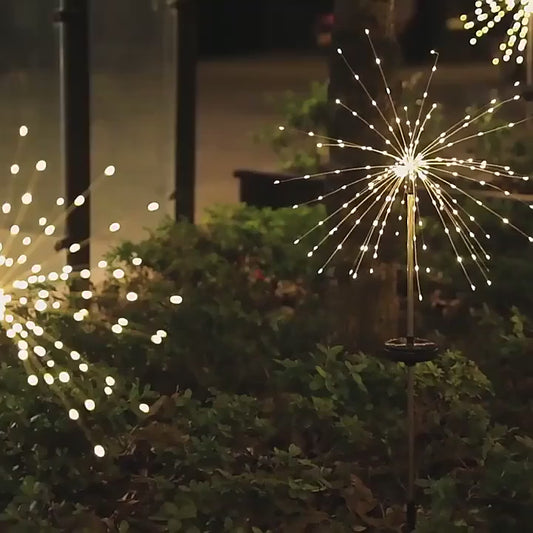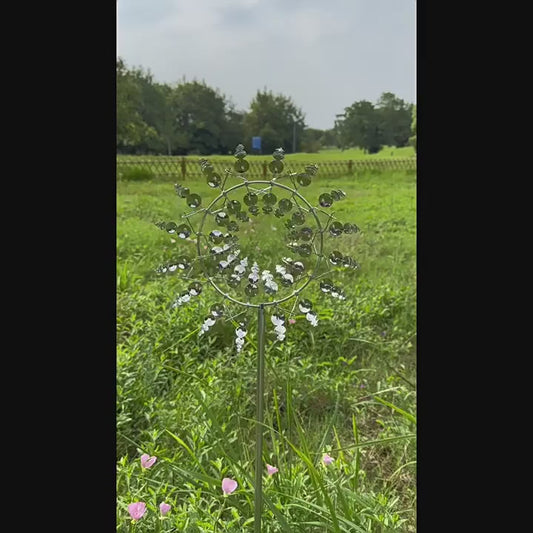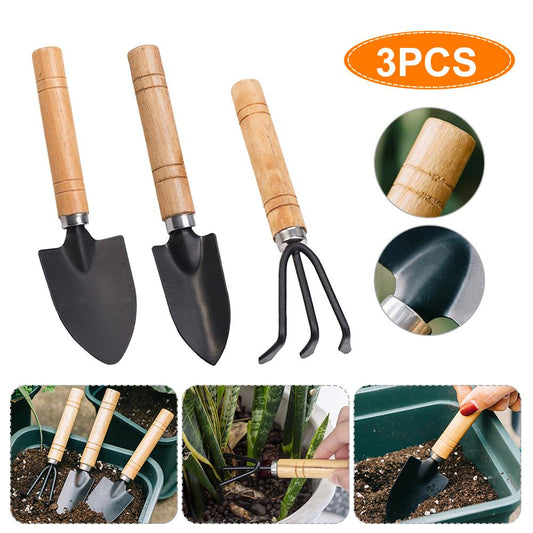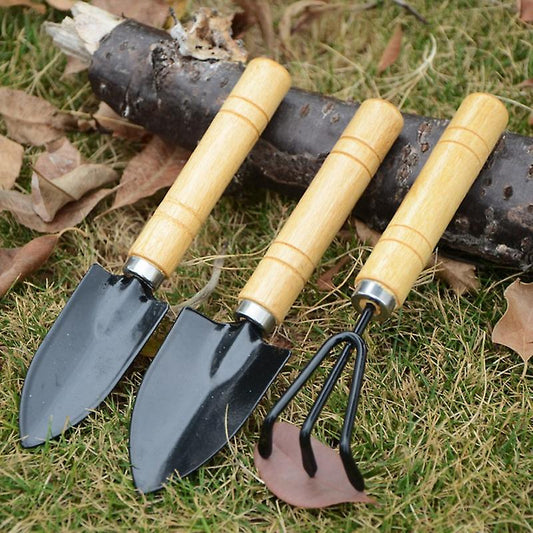Watering plants is one of the foremost important tasks in farming; mastering watering techniques is 60% of successful gardening. So what constitutes proper and adequate watering? Let's delve into the following article to grasp the basic watering techniques:
-
Types of water to be used: We can use water from unpolluted rivers or springs, well water, or even domestic water.
-
Avoid direct watering from the tap: Direct water flow from the tap can cause soil erosion and compaction, making the soil dense and weakening the plant roots. In some cases, it can even damage young leaves. Use specialized sprayers for watering vegetables and flowers, which are available in the "products" section.

-
Maintain optimal soil moisture: While plants generally require high humidity to thrive, it doesn't mean we should keep the soil constantly wet. Keep the soil moist but not overly wet, as excessive moisture can lead to various diseases and weakened roots, or even plant death. If you notice sudden yellowing leaves or root rot, it could be a sign of overwatering. Pay close attention to this issue as it could be the key to success.
Of course, you can't gauge whether the water is sufficient just by reading this article; it needs to be accumulated through hands-on farming experience.
-
Various watering methods to choose from: You can opt for drip irrigation systems, specialized sprayers, or watering cans.
-
Avoid watering during hot sunny periods: Avoid watering plants during hot sunny periods as it can weaken them. Don't worry if you notice plants wilting and leaves drooping in the midday sun; it's simply a sign that you should increase watering in the afternoon compared to the previous day.
Also, avoid watering too late in the evening (after 8 p.m.) as plant roots need to respire. If you water too much after 8 p.m., the roots won't function properly, and the plants will weaken, especially root crops like turnips, potatoes, sweet potatoes, carrots.... Try to water in the morning before 8 a.m. and in the afternoon after 4 p.m if that day is hot day.
-
Reduce watering for mature plants: As plants mature, you can reduce watering since larger plants can shade the soil and reduce water evaporation. In reality, when plants are larger, keeping the soil slightly moist is better than keeping it overly wet. The taste of vegetables also improves, and the plants become healthier.
-
Signs of overwatering:
- Take a handful of soil and squeeze it; if water seeps out between your fingers, it's too much. Additionally, if the soil feels muddy and wet, you should reduce watering.
- Observe the plants: Some plants, like those with hollow stems, can tolerate excess water without issues. However, most vegetables and flowers will react negatively to too much water, with symptoms like yellowing leaves, sparse foliage, or root rot.
In contrast, signs of underwatering include yellowing leaves with dry edges, stunted growth, small leaves, early flowering, and long roots.
In addition, using mulch helps the soil retain moisture and creates a better balance. You can use organic materials such as small twigs, dry leaves, dry grass... or use plastic sheeting to cover the soil.
Through this article, you'll gain basic knowledge about watering vegetables and flowers. However, to truly master these concepts, you'll need plenty of hands-on experience.



